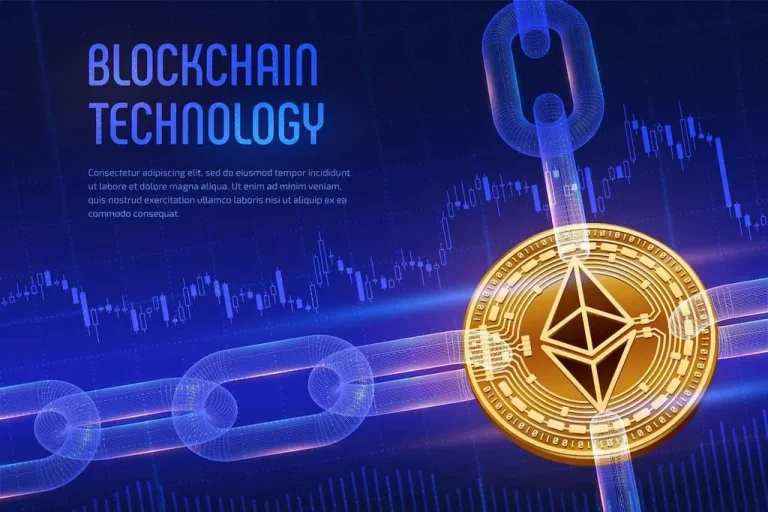Content
The merging of Ethereum’s two layers is tentatively scheduled for the summer of 2022. Since the London upgrade, however (as we saw in the Gas Price Calculation section), the blind auction analogy is no longer valid. Now, the network defines a fixed base fee for every new block depending on the demand for transactions in the previous block. The gas unit is 21,000 by default and Alice chooses to pay 300 gwei per unit based on the current network conditions. Ethereum gas is a blockchain transaction fee paid to network validators for their services to the blockchain. Without the fees, there would Smart contract be no incentive for anyone to stake their ETH and help secure the network.
Impact of Ethereum Layer-2 Scaling Solutions on Gas Fees
You can generally alter these numbers in the advanced gas settings within the wallet. Contrary to popular belief, The Merge https://www.xcritical.com/ itself didn’t actually aim to lower gas costs. And that is why it has so far had little impact on the gas fees Ethereum users pay. You can think of this as a blind auction, where users will make bids (in the form of gwei) to incentivize miners to pick up their transactions. As a result, gas prices keep rising until the transaction volume drops.
Cryptopedia. Your trusted source for all things crypto.
This priority fee system is the main reason Ethereum transaction fees did not significantly decrease after the implementation of the London Hard Fork. Although miners do not earn as much ETH as they did before London, they still have the option to choose transactions that are more what are crypto gas fees profitable for them. And while “gas wars” don’t happen in exactly the same way they used to, users are still trying to outbid each other’s priority fees. In addition to determining the amount of gwei contained in each unit of gas, determining the cost of an Ethereum transaction also depends on what the transaction is for. Natural gas sold to the on-road vehicle fuel market in the United States more than doubled over the past decade from 30 billion cubic feet (Bcf) in 2013 to more than 62 Bcf in 2023.
What are cryptocurrency exchanges and how do they work?
“Gas” represents the computational power needed to perform actions on the Ethereum network, whether sending ETH, executing smart contracts, or using decentralized applications (dApps). Each action on Ethereum requires a certain amount of gas, with more complex transactions needing more gas. Users pay gas fees in ETH, Ethereum’s native cryptocurrency, with the total cost based on the gas used and the gas price at that moment. Gas is used to pay for computational resources on the Ethereum blockchain.
How can I choose the correct gas price?
Optimistic Rollups and ZK-Rollups are two popular Ethereum Layer-2 solutions. Optimistic Rollups batch multiple transactions off-chain, reducing the load on the main Ethereum network. ZK-Rollups, on the other hand, use zero-knowledge proofs (ZKPs) to bundle transactions and verify them off-chain before submitting a summary to the mainnet.

When gas fees are low, you can mine gas tokens and use them later to pay gas fees or exchange them for Ethereum. Ethereum gas prices generally fluctuate in harmony with the volatility of its underlying asset, Ether. Many users choose to study Ethereum’s price action and events to estimate when gas fees will be at their lowest. Even though they are an effective means of incentivizing miners to keep verifying transactions and maintain network security, gas fees are nonetheless every user’s most hated part about Ethereum.

If spending $5 to receive $20 at an ATM can be frustrating, imagine spending $100 to send $500 or receive a PNG of a penguin. Blockchain social media platforms constitute a fast-developing sector, and much of the growth is taking place on the Ethereum network. Learn the differences between how hot and cold wallets store your private keys and which one offers better security vs convenience. MoonPay also makes it easy to sell Ethereum when you decide it’s time to cash out. Simply enter the amount of ETH you’d like to sell and enter the details where you want to receive your funds.
You might be thinking, for a blockchain where users transact billions worth of value every day, that’s an alarmingly slow transaction speed. It has not been rare for people to pay hundreds of dollars to execute simple swapping or buying transactions on Ethereum. That is especially the case when the demand is high, such as during the 2021 bull market. Taking your activity off the main chain is one of the best ways to keep your fees low. A transaction fee is similar to the fee you pay for a money wire transfer.
Gas fees incentivize validators on Ethereum’s Proof of Stake network to include transactions in the blockchain, helping prevent spam by ensuring that each action carries a cost. Ethereum is the second largest crypto by market cap after Bitcoin and the leading blockchain platform known for its decentralized applications (dApps) and smart contracts. Gas fees are payments made by users to compensate for the computing energy required to process and validate transactions on the Ethereum network. Understanding gas fees is essential for anyone using Ethereum, as they directly impact the cost and efficiency of transactions.
Tools to customize searches, view specific data sets, study detailed documentation, and access time-series data. Griffin McShane is a New York transplant currently living in Brooklyn, NY. He is a graduate of Providence College, where he studied both computer science and business, and the University of Maine School of Law, where he earned his JD.
The gas price is the amount you pay per unit of gas, measured in gwei, and it varies with network demand. The gas limit is the maximum amount of gas you are willing to spend on a transaction. Setting an appropriate gas limit ensures your transaction completes without running out of gas. The London upgrade implemented EIP-1559, which proposed a new mechanism to calculate gas fees with a fixed per-block base fee and flexible block size to tackle network congestion. You can earn ETH and create gas tokens by removing storage variables on the blockchain.
Ethereum 2.0 is expected to significantly lower gas fees by increasing the network’s capacity to handle transactions. The enhanced throughput and efficiency from sharding and other upgrades aim to reduce transaction fees to less than $0.001. This reduction makes Ethereum more accessible and affordable for users, promoting broader adoption and usage of the network. Before the London upgrade, users had to make an assumption about their gas price based on network congestion, or how busy the network is at any given time. In doing so, every user tried to outbid as many other users as possible to try and get their transactions validated first.
- Although miners do not earn as much ETH as they did before London, they still have the option to choose transactions that are more profitable for them.
- Gas fees are higher when more work is required to interact with the Ethereum network.
- While it is impossible to avoid paying for gas when using the Ethereum blockchain, there are at least some ways to make them less burdensome.
- In 2023, natural gas vehicle fuel prices ranged from a high of $34.66 per million British thermal units (MMBtu) in Rhode Island to a low of $5.73/MMBtu in North Carolina.
- This is why some Ethereum users reserve their transactions for weekends or certain times of day when activity is low, to push their transactions through at a lower price.
- In an effort to try to make gas fees more consistent, Ethereum’s EIP 1559 upgrade adjusted the calculation of base fees to be determined by the transaction before it.
The Ethereum gas fee exists to pay network validators for their work securing the blockchain and network. Without the fees, there would be few reasons to stake ETH and become a validator. Ethereum validators, who perform the essential tasks of verifying and processing transactions on the network, are awarded this fee in return for staking their ether and verifying blocks. Its rapid spike in popularity caused significant network congestion and extremely high gas fees. The challenges posed by CryptoKitties accelerated the urgency of finding solutions for scaling Ethereum.







